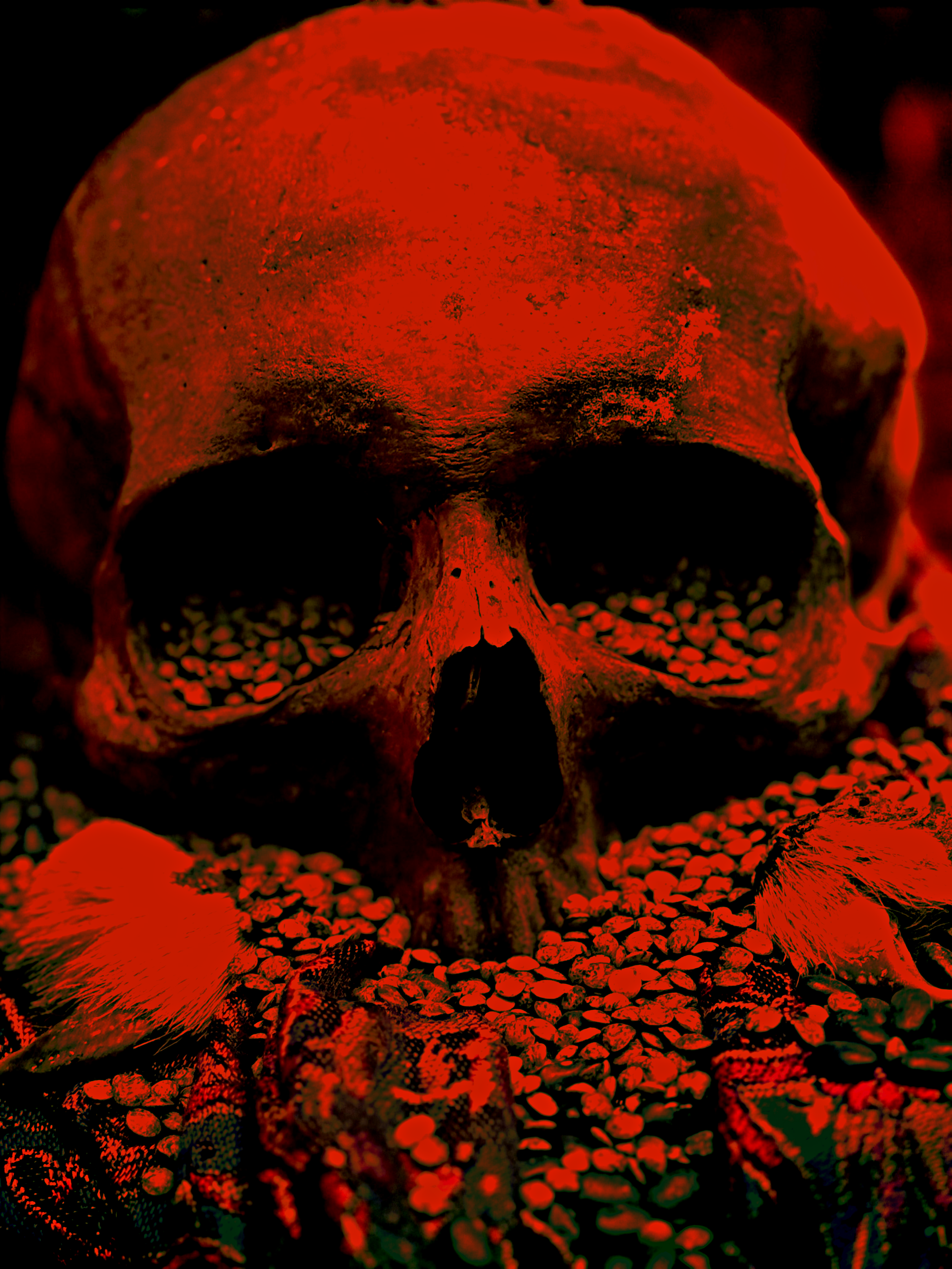
Jake Stratton-Kent’s
Encyclopædia Goêtica
Encyclopædia Goêtica
Like many encounters in our lives, books are doors that reveal themselves to us whenever we are ready to walk through them. Books can change the course of our lives, the way we participate in the world, and the fabric of how we are present in it. The following books by Jake Stratton-Kent do all of that and more.
I have written a short piece in 2021 on how to read a book, as well as how to maintain a magical library. I am mentioning these here, as they might be helpful in approaching the vast opus that is the Encyclopædia Goêtica. These books are best considered not literary tomes but living familiars, who will take us to the school of hard knocks and teach us the necessary skills to walk the path of the sole, chthonic practitioner.
In what follows, I hope it will also become clear that this journey, my own books as well as many others, would never have been possible without the fearless, unruly, gentle spirit of Jake Stratton-Kent. It is the hard work he started for us, and we are all called to continue it. To honor him is to face the questions he helped us see.
“For the first time since the Hellenistic era, a new global magical synthesis has the potential to emerge. Given cultural conditions in the West and elsewhere, this potential will be realised. What needs to be asked is, what part will Western traditions play in it?” – Jake Stratton-Kent
The True Grimoire
Jake Stratton-Kent, The True Grimoire, London: Scarlet Imprint, 2009/2022
First of all, we must refer to the initial book in Jake Stratton-Kent’s Encyclopaedia Goetica, the True Grimoire. This book, which deals with necromantic pact making, shows itself to us in three juxtaposed bodies: the body of the practitioner, the body of the spirit, and the body of the book. Understanding the rootedness of all three bodies in the flesh of created life, rather than in transcendence, is essential to navigating them. Understanding all three bodies as a single, interconnected rhizome whose paths are opened up by spirit-to-human pact making is essential to the journey within it.
JSK’s elucidations in this book are a radical declaration of war on the world of the so-called ritual purists. With uncompromising clarity, he has selected one of the most recent grimoires, which does not shine in the light of original authenticity, but which has taken on the smell of all those hands through which its words have wandered. JSK reveals this palimpsest of a grimoire to us as a powerful, life-changing approach to a world in which the goês expands their own body to make room for Solomonic ancestors and infernal familiars.
The reading and occasional rereading of this book is highly recommended. In its stained pages, JSK takes us down the narrow path that leads us skin deep into the world of grimoires. That turns ink on brittle parchment into our own blood. That infuses us with the courage to understand their pages as steps we leave behind once the spirits have become flesh in our own bodies. The grimoire here is at once a mnemonic device, a labyrinth, and an Ariadne’s thread that leads us deep into the underworld and otherworld of what is probably the oldest human art.
Geosophia: The Argo of Magic
Jake Stratton-Kent, Geosophia: The Argo of Magic, London: Scarlet Imprint, 2010
This two-volume work, divided into eight books, can be unapologetically regarded as the cornerstone, the outline, and the roof of that current which seeks to liberate chthonic sorcery from the straitjacket of official state cults and religions. Whether the latter are of ancient Greek, Jewish or Christian origin, in Geosophia, as the title implies, JSK teaches us how to drink again directly from the wisdom (sophia) of the earth (geo). So, as we embark on this journey, we must familiarize ourselves with all that is in the earth: the darkness, the echo, the bones, the blood, and the memory of the dead rolling through serpentine crevices beneath mountains and oceans.
Generations will learn from these books. More than in most of his other works, here we hear JSK’s voice freed from pure technika and orthodoxa, in the free flow of goêtic encounter. In epic breadth, his narrative spans ancient Argonaut sagas to modern grimoires, opening the reader’s senses to the phenomenological explosiveness of a mythological landscape that mingles with, merges with, and draws us into the physical wilderness.
In Geosophia, JSK empowers the modern practitioner to draw their magic not from writings and libraries, but from rivers, caves, and the murmurs of the night. The work is deeply imbued with the spirit of Paracelsus, as it cuts through the pages of magical book-wisdom, and instead teaches the reader to read directly in the Book of Nature. Here myths are more important than names, hearkening is more important than conjuring, and staring into the abyss as indispensable as drawing down the sky.
As Scarlet Imprint pointed out upon its release in 2010, Geosophia is indeed JSK’s masterpiece. It “traces the development of magic from the Greeks to the grimoires, [and] lays bare the chthonic roots of goetic ritual. By exposing the necromantic origins of much of modern magic we are able to reconnect with the source of our ritual tradition. There is a continuity of practice in the West which encompasses the pre-Olympian cults of Dionysus and Cybele, is found in the Greek Magical Papyri and Picatrix and flows into the grimoires. Rather than a muddle of superstition, the grimoire tradition is revealed as the living descendant of the ancient practices of the Goes.”
The Testament of Cyprian the Mage
Jake Stratton-Kent, The Testament of Cyprian the Mage, London: Scarlet Imprint, 2016
Jake Stratton-Kent’s Encyclopedia Goetica comes to a phenomenal end with this double volume. As he put it himself, the first volume provided a map of the goêtic universe, the second took us on a vast journey into the actual goêtic topography. This third and final instalment now, introduces us to the hero of this tradition, the trickster in disguise, the goêtic saint who best embodies this chthonic tradition of the West and whose mythical blood preserves the myriad of spirit voices that live and thrive within it.
A more comprehensive appreciation of this double volume has appeared on Paralibrum, the central points of which will not be repeated here. It should suffice to mention that JSK succeeds on these pages in the artifice of withdrawing the magic of the grimoires from the grip of the Judaeo-Christian tradition. Practical necromancy here becomes eschatological art, hierarchies of spirits are replaced by familiar networks, and paradigmatic axioms are washed over by the physical flowing- with the presences of the spirits.
The True Grimoire offers us an entry hole into the underworld through the making of a concrete spirit pact. Geosophia captures the lived realizations from the intoxicating journey through this vast mythical underworld. Last but not least, the Testament is the return into the human body, which now no longer belongs to us alone, but which we share with a current of spirit presences that we are destined to honour and integrate. In this triad of his Encyclopedia Goetica, JSK has, over seven years, given us a sharp sword, an extensive collection of materials, and a lifelong challenge to find our own goêtic way into life and beyond.
